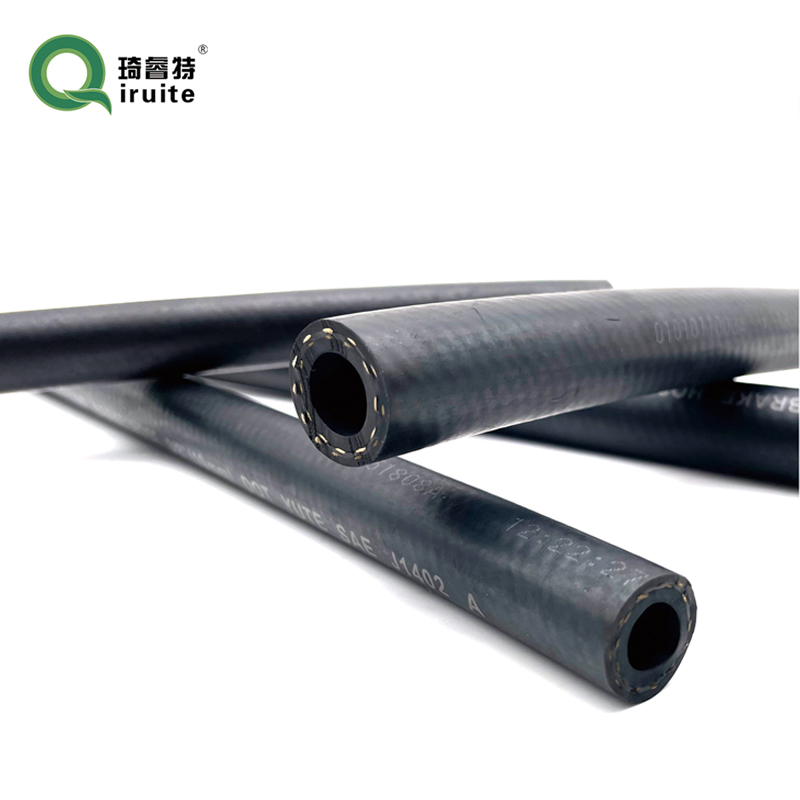dodge dakota power steering hose replacement
Power Steering Hose Replacement for Dodge Dakota
The Dodge Dakota is a reliable and robust mid-size pickup truck that has garnered a loyal following for its durability and performance. However, like any vehicle, it requires regular maintenance and occasional replacement of parts to maintain optimal performance. One critical system in any vehicle is the power steering system, and one of the components that may need replacement over time is the power steering hose. This article will guide you through understanding the importance of this component and provide steps for replacing the power steering hose in your Dodge Dakota.
Understanding the Power Steering System
The power steering system in your Dodge Dakota is designed to make steering easier, especially at low speeds. It uses hydraulic power to assist the driver in steering, reducing the effort required to turn the steering wheel. The power steering hose plays a crucial role in this system, transporting hydraulic fluid from the pump to the steering gear. Over time, these hoses can wear out, develop leaks, or become damaged, leading to loss of steering assistance and potential power steering fluid leaks.
Signs of a Failing Power Steering Hose
Recognizing the signs of a failing power steering hose early can save you from more significant issues down the road. Common indications include
1. Leaking Fluid If you notice spots of reddish or pink fluid under your vehicle, it could indicate a leak in your power steering hose. 2. Difficulty Steering If you find it increasingly challenging to turn the steering wheel, it could be due to low fluid levels caused by a leak in the hose. 3. Strange Noises A whining or groaning noise when you turn the wheel may suggest that air has entered the system due to low fluid levels.
Tools and Materials Needed
Before beginning the replacement process, gather the necessary tools and materials
- New power steering hose (specific to your Dakota model) - Power steering fluid - Wrenches and sockets - Screwdriver - Pliers - Oil catch pan - Safety gloves and goggles
Steps to Replace the Power Steering Hose
1. Safety First Park your Dodge Dakota on a level surface, turn off the engine, and allow it to cool. Disconnect the negative battery terminal to prevent any electrical issues.
dodge dakota power steering hose replacement

2. Locate the Power Steering Hose Depending on your Dakota’s model, the power steering hose is typically located near the front of the engine, connecting the power steering pump to the steering gearbox or rack.
3. Drain the System Place an oil catch pan under the power steering pump and remove the hose clamp. Gently pry the hose off the fitting to let the fluid drain into the pan. Be cautious as the fluid may still be under pressure.
4. Remove the Old Hose Using your wrenches, carefully unscrew the hose from the steering gear. Make sure to keep track of any washers or connectors that may need to be reused.
5. Install the New Hose Position the new power steering hose and tighten it to the steering gear. Make sure to follow the manufacturer’s recommendations regarding torque specifications.
6. Reconnect the Hose to the Pump Attach the other end of the hose to the power steering pump, ensuring a secure and tight fit.
7. Fill with Power Steering Fluid Reconnect the negative battery terminal. Fill the power steering reservoir with new power steering fluid, ensuring it reaches the appropriate level.
8. Bleed the System Start your engine and turn the steering wheel from lock-to-lock several times. This process helps to remove any air bubbles in the system.
9. Check for Leaks After completing the installation and bleeding process, visually inspect the hose connections for any signs of leaks.
10. Final Check Ensure the fluid level is at the correct mark, and take your Dakota for a short test drive to confirm that the steering system operates smoothly without any unusual noises or handling issues.
Conclusion
Replacing the power steering hose in your Dodge Dakota is a manageable task that can enhance the performance and longevity of your vehicle. Regular maintenance checks and prompt replacements can save you from costly repairs and ensure a safe driving experience. Always refer to your owner's manual for specific details related to your model, and don't hesitate to consult a professional mechanic if you're unsure about any steps in the process.
-
Ultimate Spiral Protection for Hoses & CablesNewsJun.26,2025
-
The Ultimate Quick-Connect Solutions for Every NeedNewsJun.26,2025
-
SAE J1401 Brake Hose: Reliable Choice for Safe BrakingNewsJun.26,2025
-
Reliable J2064 A/C Hoses for Real-World Cooling NeedsNewsJun.26,2025
-
Heavy-Duty Sewer Jetting Hoses Built to LastNewsJun.26,2025
-
Fix Power Steering Tube Leaks Fast – Durable & Affordable SolutionNewsJun.26,2025

